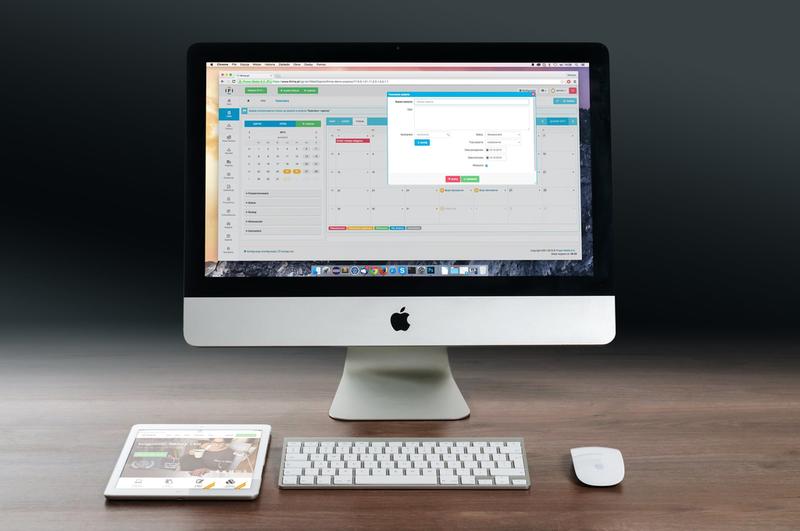What Is the Function of a Computer Monitor?

In the world of computing, a computer monitor’s function is to accurately and clearly display the programs, software or video being shown to the user. In more technical terms, a monitor is a video output device that displays text, video and other information.
The Computer Monitor
Before display screens were built into computer laptops and tablets, the computer monitor was designed as a stand-alone piece of the overall system of a desktop computer. The computer would do its work, and as a result of its connection with a video card, the computer would display the results on a computer monitor.
There are two main types of computer monitors: cathode ray tube (CRT) and liquid crystal display (LCD) technology. Let’s have a look at each.
Cathode Ray Tubes (CRT)
CRT monitors have been until recently the computer’s mainstay visual output device. They have been prevalent since the start of personal computing in the 20th century. For their first few iterations, CRT monitors generally looked like old, small TV sets.
Liquid Crystal Display (LCD)
Liquid crystal display monitors are more technologically advanced monitors for today’s computer users. LCD monitors utilize LED technology, and overall are thinner, more compact, lighter in weight, more portable, inexpensive, and easier on a computer user’s eyes for long-time viewing. They also provide high-quality graphics on screens, while using up less energy.
LCD vs. CRT
LCD monitors have overtaken CRT monitors in the marketplace, primarily due to the LCD’s lower prices, crisper pictures, higher quality and compact size. Compared to these sleeker, more popular LCD monitors, CRT monitors are larger in size, have smaller screens in inches and have lower display resolution.
One benefit of CRT monitors is how you can see images and text while standing or seated at near 180-degree angles from the front of the monitor. LCD screens tend to get blurry when looking at these wide angles.
Resolution
Computer monitors are generally produced with 720 pixels (HD) or 1080 pixels (Full HD) resolution. Each of these resolution standards are good quality, although the 1080p level is sharper and clearer to see for humans. The 720p level was dominant for many years, but advancements in technology have relinquished its dominance to the 1080 level.
Aspect Ratio
The aspect ratio refers to the length and height of a viewing experience on a screen. Most common today is the 16:9 (L:H) aspect ratio. You see this ratio in more Web software, video and games. Thus, today’s monitors are being produced with wider, longer screens, instead of the older, more square-shaped 4:3 monitors.





